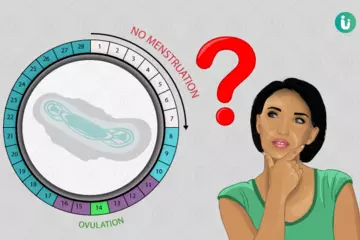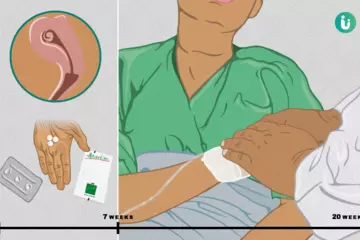What is anaphylactic shock?
Anaphylaxis is a severe allergic reaction that is potentially life-threatening and occurs immediately after exposure to an allergen which includes peanuts or bee stings. In this condition, when a person is exposed to an allergen the immune system is activated, which in response releases chemicals in large quantities It can cause a sudden drop in the blood pressure (hypotension), leading to constriction of airways and blocked breathing. If not treated in time, this can progress to a state of shock termed as anaphylactic shock.
What are its main signs and symptoms?
The signs and symptoms of anaphylactic shock include:
- Low blood pressure
- Feeling dizzy or fainting
- Weak and rapid pulse
- Diarrhoea, nausea and/or vomiting
- Restriction of airways along with swelling of tongue and throat leading to wheezing (whistling or rattling sound while breathing) and breathing difficulty
- Hives (reaction of skin in response to certain allergens or unknown reasons) like skin reactions which can cause itchy, bumps or flushed skin
What are the main causes of anaphylactic shock?
Antibodies produced against foreign particles by the immune system are important as they defend the body from harm. However, in some individuals, allergic reactions are seen to usually harmless substances due to the overreaction of their immune system to those substances. Generally, allergic reactions are non-life-threatening, however, in severe cases, they can cause anaphylaxis.
The common causes of anaphylaxis include:
- Various medications which include over-the-counter pain relievers, antibiotics, aspirin, and others
- Use of intravenous (IV) contrast dyes during imaging tests
- Stings from bees, fire ants, yellow jackets, wasps, and hornets
- Latex
In children the common causes of anaphylaxis include:
Food allergies, including allergy to
Some of the uncommon causes of anaphylaxis include
- Aerobic exercise, such as jogging
- Exercising after consumption of certain foods
- Exercising in hot, humid or cold weather
- Sometimes the cause of anaphylaxis is unknown; this is termed as idiopathic anaphylaxis.
How is it diagnosed and treated?
A general history will be taken by the physician and you will be asked in detail about previous experiences of allergic reactions. To understand the source of allergy, you will be asked about each allergy source individually which includes the above-mentioned causes. Further, to confirm the diagnosis, a blood test is ordered which will help in the measurement of an enzyme (tryptase); the level is expected to be elevated up to three hours after anaphylaxis. Allergy trigger tests include various skin or blood tests.
During an anaphylactic attack, immediate and quick action is required to prevent worsening of symptoms. Look out for pulse (whether weak or rapid), skin (whether pale, cool or clammy), breathing difficulty if any, confusion or loss of consciousness, which require immediate attention. In individuals with cessation of breathing or heartbeats, cardiopulmonary resuscitation (CPR) is provided along with medications, which include:
- Epinephrine (adrenaline) which reduces body's response to the allergen
- Oxygen to facilitate breathing
- Inflammation of air passages is reduced with the use of intravenous (IV) antihistamines and cortisone; thereby promoting breathing
- Breathing symptoms are relieved by the use of albuterol or other beta-agonists
- In case of emergency, the patient should be made to lie down with his or her legs elevated and given an epinephrine injection using an autoinjector (syringe with a concealed needle combination that injects a single dose of medication). This helps prevent the worsening of symptoms of anaphylactic shock.
- Long-term treatment includes immunotherapy which includes a series of allergy shots and is used in cases where insect stings are the trigger for anaphylaxis which helps to reduce body's allergic response. This helps in the prevention of a severe reaction in the future.
















